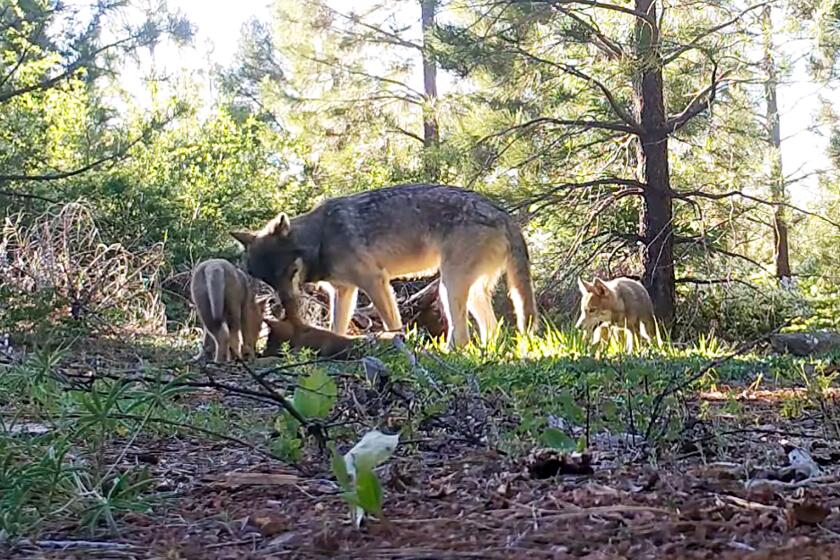The Complex Relationship Between Humans and Predators
Humans have always had a complex emotional relationship with predators. On one hand, we revere them; on the other, we often demonize them. We buy over 100 million teddy bears for our children each year, yet in North America, 50,000 real bears are hunted annually. This duality is reflected in cultural stories and fairy tales, which both vilify and celebrate predators—from “The Lion King” to the Three Bears and the Big Bad Wolf.
In elementary school, children learn about the food chain and the vital role every animal plays in maintaining a balanced ecosystem. Predators are often the starting point for understanding ecology, with numerous nature films showcasing sharks, bald eagles, tigers, and other fascinating predators. However, as people grow older, they often forget what these predators teach us and how much we need them.
It is this disconnect between childhood education and adult perception that needs to be addressed. The question remains: Do we wish to live alongside predators?
Modern Tensions Over Predators
This age-old conflict has recently resurfaced in California, reigniting modern tensions. In the spring, the Los Angeles Times published several articles highlighting predator-related issues, including a suspected black bear attack in Sierra County, conflicts between farmers and wolves, and ranchers urging legislators to allow the removal of wolves. These ranchers used a documentary-style video online to emphasize the severity of the issue, drawing comparisons to investigative crime reporting. This kind of media portrayal creates a narrative of an escalating war between predators and those who would hunt them, if not for California law.
However, the reality is that these incidents are extremely rare. Yet, these stories can fuel a societal bias known as the availability heuristic, where people judge the likelihood of events based on how easily examples come to mind. When influenced by such biases, wildlife policies are often driven by fear rather than reason.
Understanding the Real Impact of Predators
Images of a calf being attacked by a wolf or a wolf trapped in a snare can evoke strong emotional responses. The conflict between wolves, prey, and humans is real, but the question remains: How do we manage it responsibly?
First, we need clarity on the actual harm caused by predators, particularly wolves. While wolves do attack livestock, the risk of an individual cow being attacked by a wolf is less than 1 in 100,000 in any given year. Over more than 125 years across North America, wolves have only killed two people. In contrast, the annual rate of Americans killing each other is 6.8 per 100,000 individuals. It is clearly safer to be cattle with wolves roaming around than to be a person in society.
This is not to minimize the tragedy of a wolf mauling a calf, but we must weigh these rare personal losses against the ecological damage caused by hunting wolves to near extinction.
The Ecological Importance of Wolves
Today, there are approximately 6,000 to 8,000 gray wolves remaining in the contiguous U.S., down from about 2 million. Wolves are considered “ecosystem guardians” or “keystone species,” meaning they play a critical role in maintaining ecosystem balance. When wolves are systematically removed, we see increases in livestock diseases, land degradation, and food chain destabilization.
Given the rarity of actual wolf attacks, it is essential to invest in solutions that protect both ranchers and predators. One example is Wisconsin Gov. Tony Evers’ proposal to include $3.7 million in the state budget for wolf monitoring and abatement projects. Nonlethal methods are the most effective way to ensure coexistence between predators and humans.
According to U.S. Department of Agriculture data, nonlethal methods reduce wolf-livestock conflicts by an average of 91%. Despite this, in 2023, USDA’s Wildlife Services devoted less than 1% of its $286-million budget to nonlethal efforts. Although nearly equal preference exists among livestock producers for both approaches, the funding overwhelmingly supports lethal control.
A Future of Coexistence
It is possible to create a future where wolves, cattle, and ranchers coexist with minimal harm. However, it is not possible to imagine a world where one side “wins” without severe negative consequences. We have the resources to find a win for both ranchers and wolves—if the American people choose to do so.






